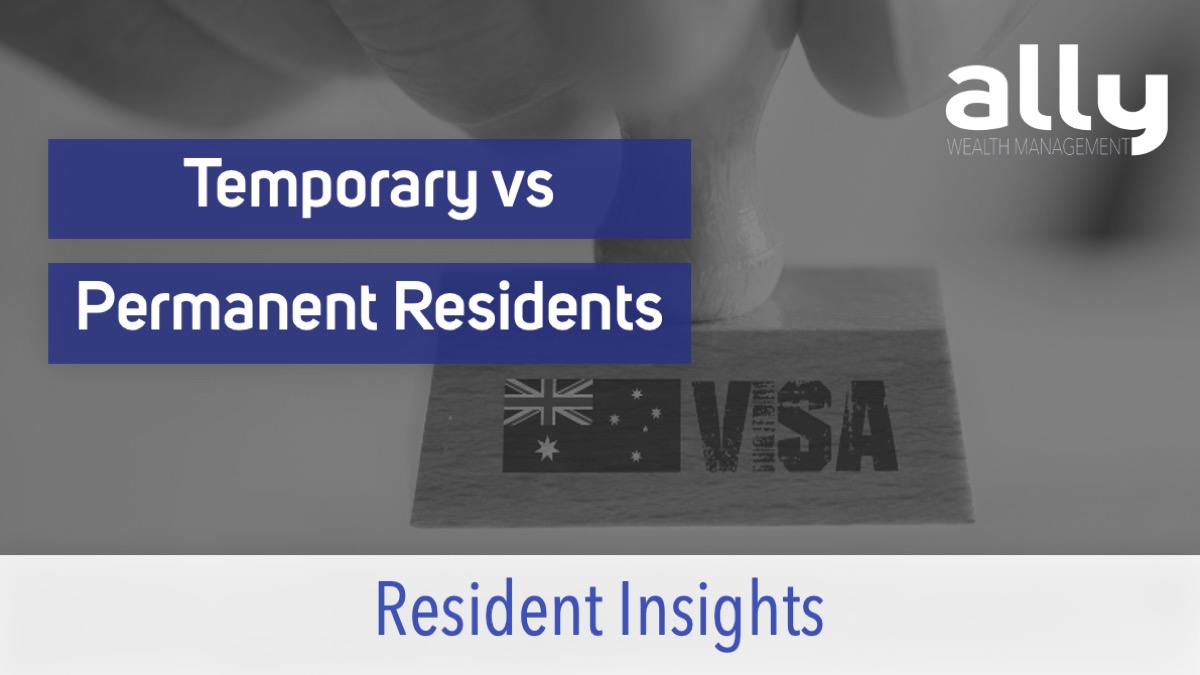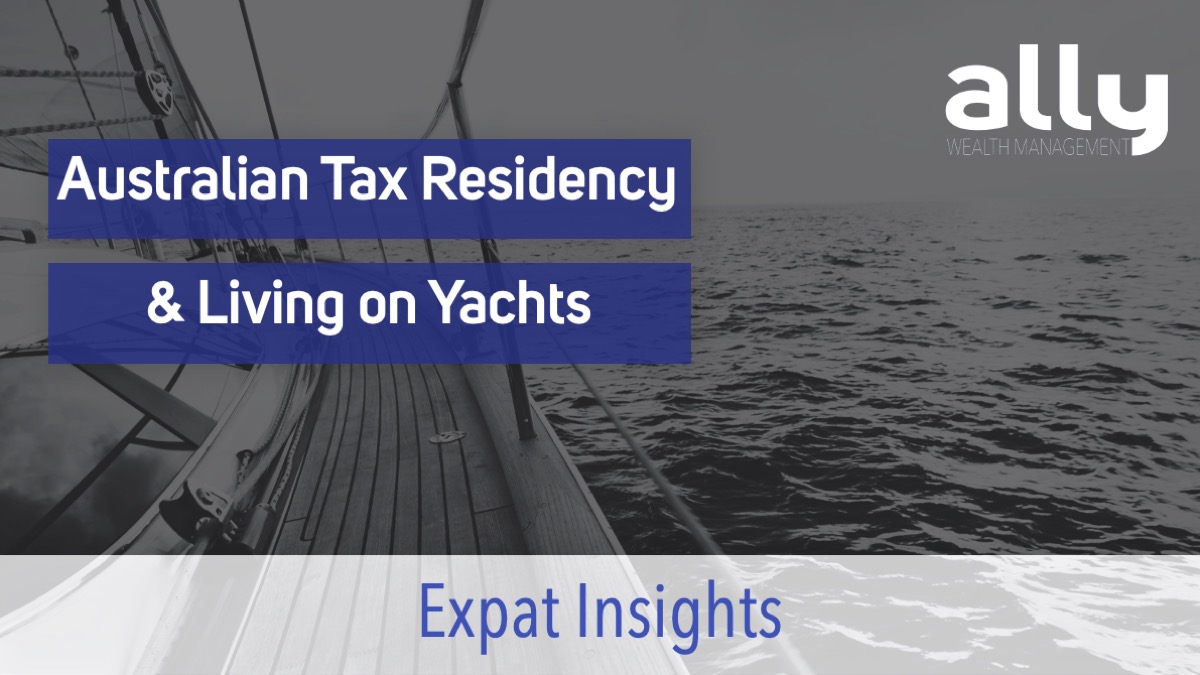The Key Differences in Taxation for Temporary and Permanent Residents in Australia
Australia is one of the most popular destinations in the world for expats, attracting both temporary and permanent residents from all over the world. One of the most important aspects of living in Australia, whether temporarily or permanently, is understanding the country’s tax laws. Taxation in Australia is complex, and it can be particularly challenging for temporary residents who may not be familiar with the system. In this blog post, we will explore the key differences in taxation for temporary and permanent residents in Australia. We will also provide case studies and real-life examples to help illustrate these differences.
Residency Status for Tax Purposes
The first key difference between taxation for temporary and permanent residents in Australia is residency status. For tax purposes, an individual’s residency status is determined based on the individual’s circumstances. A person is considered a temporary resident if they are in Australia on a temporary visa, and a permanent resident if they hold a permanent residency visa. It’s important to note that this determination is different from the determination of residency for immigration purposes.
Temporary residents are subject to tax in Australia on their Australian-sourced income only, while permanent residents are subject to tax on their worldwide income. Temporary residents are generally exempt from paying tax on income earned outside Australia. However, if a temporary resident’s income is sourced from a country that has a Double Taxation Agreement (DTA) with Australia, they may be eligible for a reduced tax rate or tax exemption.
Case Study 1: John is a temporary resident who has been working in Australia for the past 12 months. He has a part-time job that pays $25,000 per year, and he also has rental income from an investment property in the United States that earns him $10,000 per year. Since John is a temporary resident, he is only taxed on his Australian-sourced income, which is $25,000 per year. He is not required to pay tax on his rental income from the United States.
Income Tax
The second key difference between taxation for temporary and permanent residents in Australia is income tax. Australia has a progressive income tax system, which means that the more a person earns, the higher their tax rate will be. The tax rates for temporary residents are different from those for permanent residents.
Temporary residents are taxed at a flat rate of 32.5% on their Australian-sourced income up to $120,000 per year. Any income earned over $120,000 is taxed at the top marginal tax rate of 45%. In contrast, permanent residents are taxed at the same rates as Australian citizens, which range from 0% to 45%.
Case Study 2: Maria is a permanent resident who earns $150,000 per year from her job in Australia. She is required to pay income tax on her worldwide income. Maria’s income tax is calculated based on the Australian income tax rates. She will pay 19% on the first $18,200, 32.5% on the next $18,201 to $45,000, 37% on the next $45,001 to $120,000, and 45% on any income over $120,000.
Capital Gains Tax
The third key difference between taxation for temporary and permanent residents in Australia is capital gains tax (CGT). CGT is a tax that is applied to the profits earned from the sale of assets, such as property or shares. The CGT rate for temporary residents is different from that for permanent residents.
Temporary residents are subject to CGT only on the sale of Australian assets, such as property or shares. The CGT rate for temporary residents is 32.5% on any capital gain made on the sale of Australian assets. However, if a temporary resident has owned an Australian asset for more than 12 months, they may be eligible for a 50% CGT discount.
Permanent residents, on the other hand, are subject to CGT on the sale of all assets, both Australian and overseas. The CGT rate for permanent residents is the same as for Australian citizens, which is currently 50% of the capital gain if the asset has been held for more than 12 months.
Case Study 3: Javier is a permanent resident who recently sold an investment property in the United States for a profit of $100,000. Since Javier is a permanent resident, he is required to pay CGT on the sale of this property. He will need to calculate his CGT based on the Australian CGT rules, and he will be eligible for a 50% discount since he has owned the property for more than 12 months. If the discount is applied, Javier’s CGT liability will be $25,000 (50% of $50,000).
Goods and Services Tax
The fourth key difference between taxation for temporary and permanent residents in Australia is the Goods and Services Tax (GST). GST is a value-added tax that is applied to most goods and services sold in Australia. The GST rate is currently 10%.
Temporary residents are generally exempt from paying GST on goods and services they purchase in Australia. However, if a temporary resident purchases a car or other high-value item in Australia, they may be required to pay GST. In addition, temporary residents are required to pay GST on any imported goods they bring into Australia.
Permanent residents are required to pay GST on all goods and services they purchase in Australia, just like Australian citizens. They are also required to pay GST on any imported goods they bring into Australia.
Case Study 4: Sarah is a temporary resident who is planning to buy a car in Australia. She found a car she likes for $20,000. Since Sarah is a temporary resident, she will not be required to pay GST on the purchase of the car. However, if Sarah were to sell the car later, she would be required to pay GST on the sale.
Superannuation
Superannuation is Australia’s retirement savings system, and it is a key difference in taxation for temporary and permanent residents. Superannuation is similar to a 401(k) in the United States or a pension plan in other countries.
Temporary residents are only eligible to receive superannuation payments if they have earned more than $450 in a calendar month from a single employer. If a temporary resident is eligible for superannuation, their employer is required to pay 10.5% of their salary into a superannuation fund on their behalf.
When a temporary resident leaves Australia, they can choose to either withdraw their superannuation balance or leave it in Australia. If they choose to withdraw their balance, they may be subject to tax on the withdrawal.
Permanent residents, on the other hand, are eligible for superannuation regardless of their earnings. They are required to have 10.5% of their salary paid into a superannuation fund, and they may also choose to make additional contributions.
When a permanent resident retires, they can choose to either receive their superannuation as a lump sum or as regular payments. If they choose to receive their superannuation as a lump sum, they may be subject to tax on the withdrawal.
Case Study 5: Carlos is a temporary resident who has been working in Australia for the past year. His employer has been contributing 10.5% of his salary to a superannuation fund. Carlos recently received a job offer in his home country and has decided to leave Australia. He has decided to withdraw his superannuation balance of $10,000. Since Carlos is a temporary resident, he may be subject to tax on the withdrawal.
Case Study 6: Maria is a permanent resident who has been working in Australia for the past 10 years. Her employer has been contributing 10.5% of her salary to a superannuation fund, and Maria has also been making additional contributions. Maria is planning to retire in a few years and has decided to receive her superannuation as regular payments. She will not be subject to tax on the regular payments since she has held the superannuation for more than 60 months.
Conclusion
In conclusion, understanding the differences in taxation for temporary and permanent residents in Australia is crucial for anyone planning to live or work in the country. Temporary residents are subject to tax only on their Australian-sourced income, while permanent residents are subject to tax on their worldwide income. The tax rates for temporary residents are different from those for permanent residents, and the CGT and GST rates also differ.
It is important to seek professional advice on taxation matters to ensure compliance with Australian tax laws. The case studies and examples provided in this blog post are meant to illustrate the differences between taxation for temporary and permanent residents in Australia, but each individual’s circumstances may differ. By understanding the differences in taxation for temporary and permanent residents, individuals can make informed decisions about their finances and plan for their future in Australia.
In all cases, if you’re relocating to Australia, and want to ensure that you’re making the most of your personal financial situation, book in a complimentary discussion with our team today and we will ensure that you’re on the right track.
Ally Wealth Management is the trusted ally in finance for Australians at home and across the globe. As both Australian expats and residents, the founders of Ally have a unique understanding of the common personal financial challenges faced.
Book your complimentary appointment with our team at Ally Wealth Management to discuss how we can help you to achieve your financial goals.
Ally Wealth Management Pty Ltd is a Corporate Authorised Representative of Sentry Advice Pty Ltd ABN 77 103 642 888. Sentry Advice holds an Australian Financial Services Licence (AFSL) No. 227 748.
General Advice Warning: The information contained herein is of a general nature only and does not constitute personal advice. You should not act on any recommendation without considering your personal needs, circumstances, and objectives. We recommend you obtain professional financial advice specific to your circumstances.




